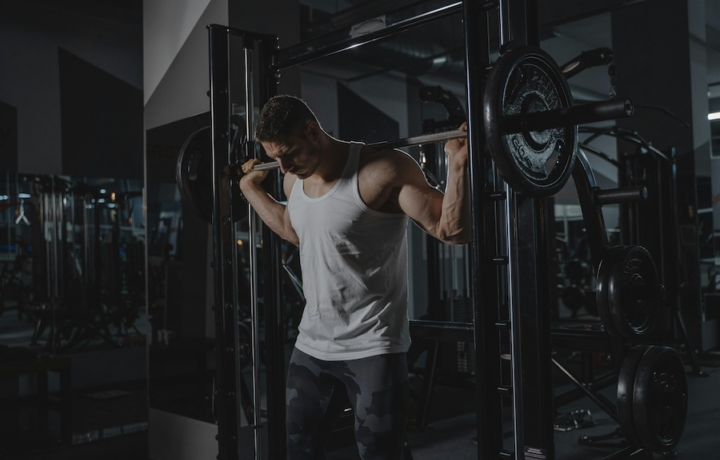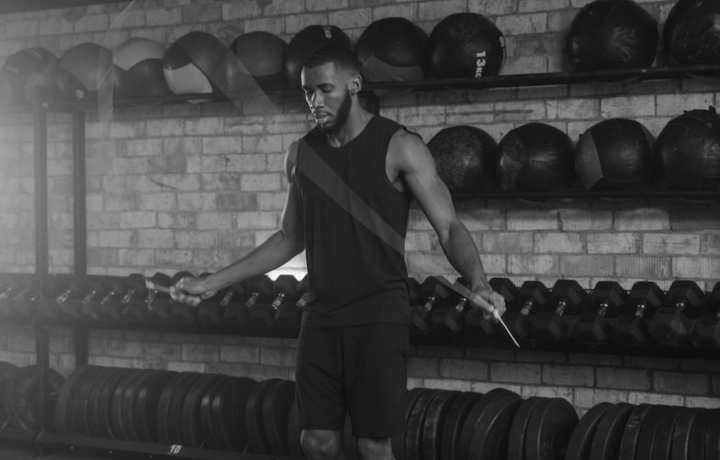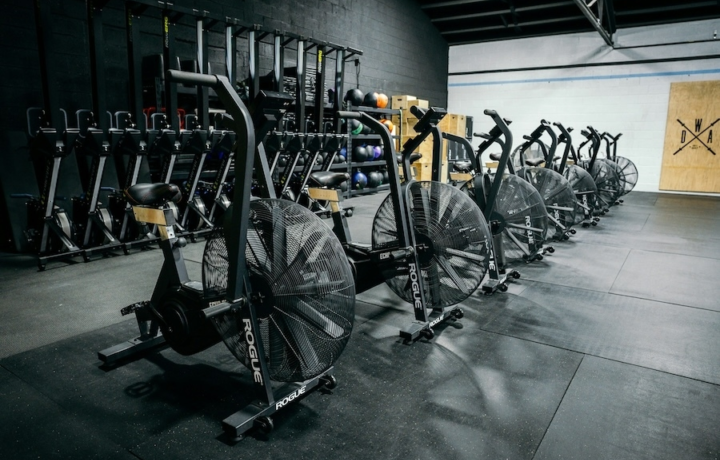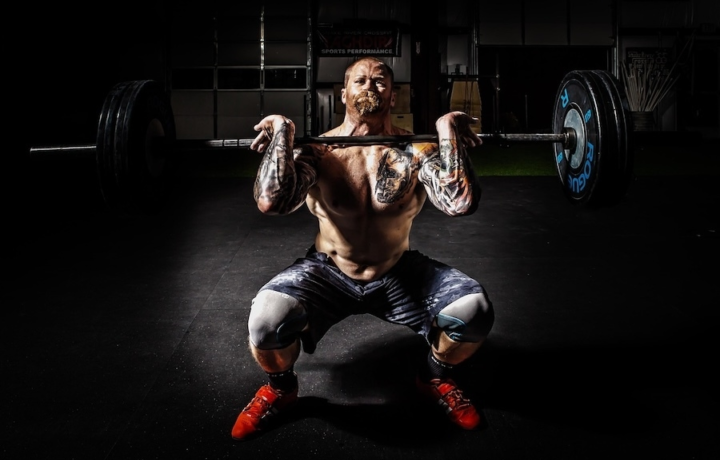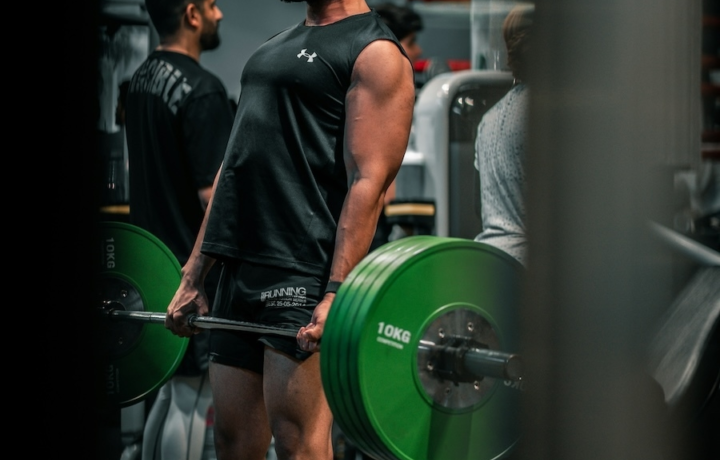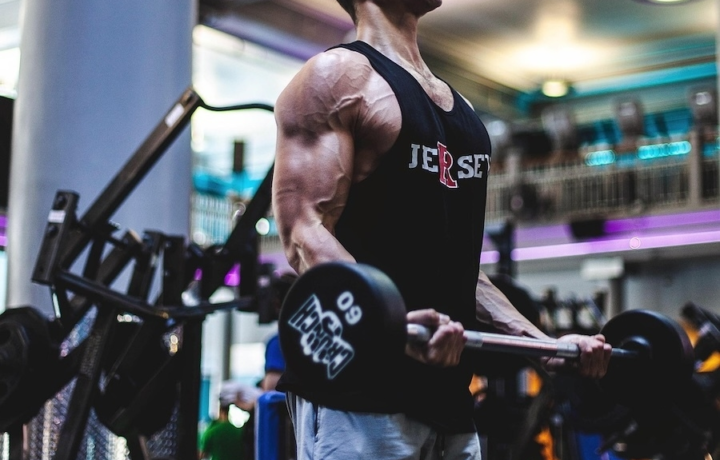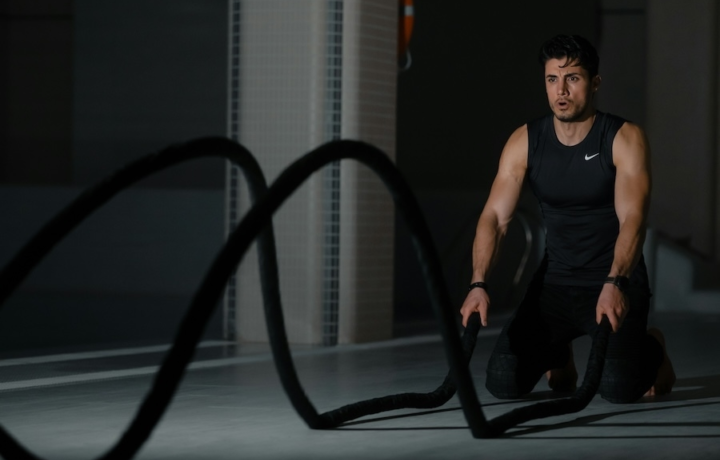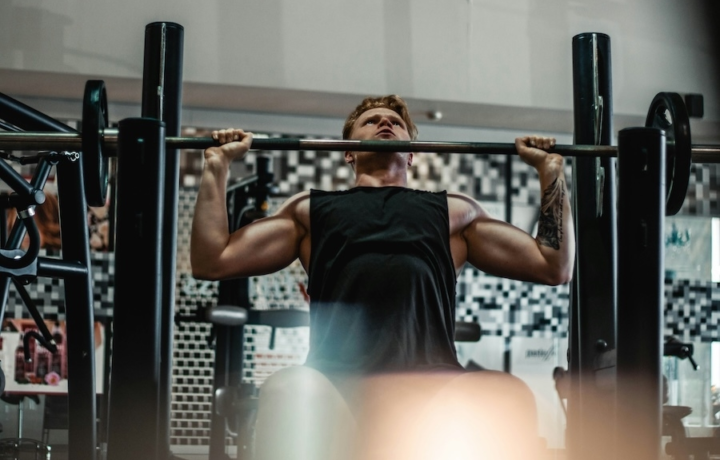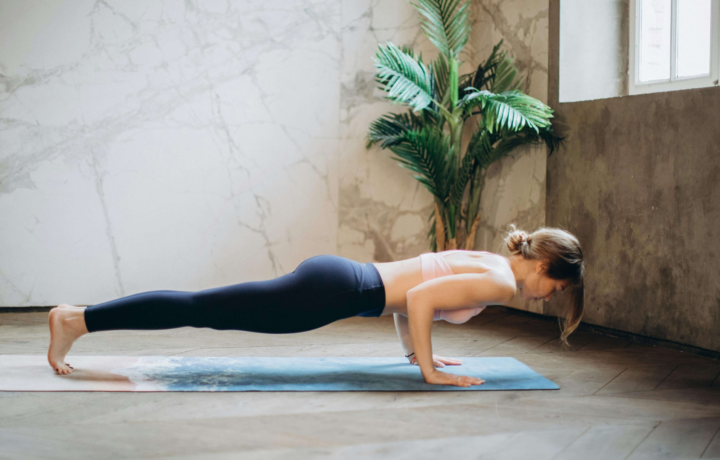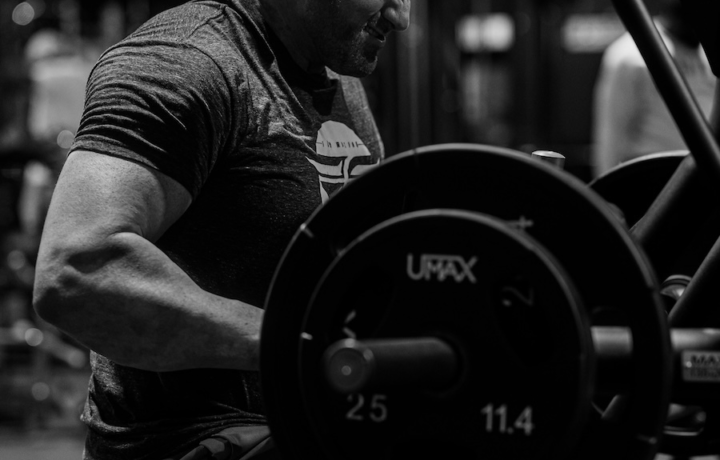Exercise
Bodyweight Squat

Bodyweight Squat
How to Perform
- Stand with your feet shoulder-width apart, toes pointing slightly outward, and arms relaxed at your sides.
- Brace your core by drawing your navel toward your spine while maintaining a neutral back position.
- Begin the movement by hinging at your hips and pushing your buttocks backward as if sitting in a chair, while simultaneously raising your arms forward for counterbalance.
- Keep your chest up and shoulders pulled back as you bend your knees, ensuring they track in line with your toes throughout the movement.
- Inhale as you lower your body until your thighs are parallel to the ground or as deep as your mobility allows, maintaining weight distributed through your heels and midfoot.
- At the bottom position, ensure your knees don't collapse inward and your lower back maintains its natural curve.
- Exhale as you push through your heels to drive your body upward, extending your hips and knees to return to the starting position.
- Fully straighten your legs at the top and squeeze your glutes briefly before beginning the next repetition.
Important information
- Keep your heels flat on the floor throughout the entire movement; if they lift, you may need to decrease squat depth or work on ankle mobility.
- Maintain a neutral spine position from start to finish; avoid rounding your lower back or overarching.
- If your knees consistently cave inward, focus on actively pushing them outward during the squat or try a slightly wider stance.
- Look straight ahead or slightly upward to help maintain proper upper body position; avoid looking down at your feet.

Bodyweight Squat
Exercise Details
Primary Muscles
Muscle Groups
Mechanic
Built for progress
Take the guesswork out of training
Create personalized AI-powered workout plans that evolve with you. Train smarter, track every rep and keep moving forward, one workout at a time.






Bodyweight squats are a foundational lower body exercise that serve as the perfect starting point for beginners while remaining valuable for advanced athletes. This accessible movement primarily targets the glutes and quadriceps, though it also engages your hamstrings, calves, and core as stabilizing muscles throughout the movement.
The beauty of bodyweight squats lies in their versatility. They can be seamlessly incorporated into high-intensity interval training (HIIT) circuits to elevate your heart rate and burn calories, or utilized in bodybuilding routines to establish proper movement patterns before adding external resistance. Many experienced lifters include bodyweight squats in their warm-up sequences to increase blood flow to the lower body and prime the muscles for more challenging work ahead.
Consistent practice of bodyweight squats builds both strength and endurance in your lower body. The movement pattern trains your muscles to generate force efficiently through a full range of motion, enhancing overall athletic performance. When performed with higher repetitions, bodyweight squats challenge muscular endurance and improve your stamina for daily activities and sports.
What makes this exercise particularly valuable is its functional carryover to everyday life. The squat pattern mimics movements we perform regularly—sitting down, standing up, and lifting objects from the ground. By strengthening this pattern, you improve your capacity for daily tasks while reducing injury risk during these common movements.
For those looking to progress, bodyweight squats establish the neuromuscular foundation necessary for more advanced squat variations like goblet squats, front squats, and back squats. The movement also improves lower body mobility, particularly in the ankles, knees, and hips, which often becomes restricted through sedentary lifestyles.
Whether your fitness goals involve building strength, improving endurance, or simply moving better in daily life, the humble bodyweight squat deserves a place in your exercise routine as a cornerstone movement that delivers impressive benefits without equipment.
FAQ - Bodyweight Squat
Bodyweight squats primarily target your quadriceps and glutes, while also engaging your hamstrings, calves, and core as stabilizing muscles. This makes them an excellent compound exercise that delivers significant lower body benefits with no equipment needed.
Aim to lower until your thighs are at least parallel to the ground, though going deeper is beneficial if your mobility allows. Focus on maintaining a neutral spine and keeping your heels planted rather than worrying about achieving a specific depth right away.
The most common mistakes include allowing knees to cave inward, lifting heels off the ground, and rounding the lower back. Focus on pushing your knees outward in line with your toes, keeping weight in your heels, and maintaining a proud chest throughout the movement.
Increase difficulty by adding tempo (3-second lowering phase), incorporating pauses at the bottom position, performing more repetitions, or trying variations like jump squats or single-leg squats. These modifications increase time under tension and power development without requiring weights.
You can safely perform bodyweight squats 3-5 times weekly as they're low-impact and recovery-friendly. For beginners, start with 2-3 sessions per week with 2-3 sets of 10-15 repetitions, gradually increasing volume as your strength and endurance improve.



